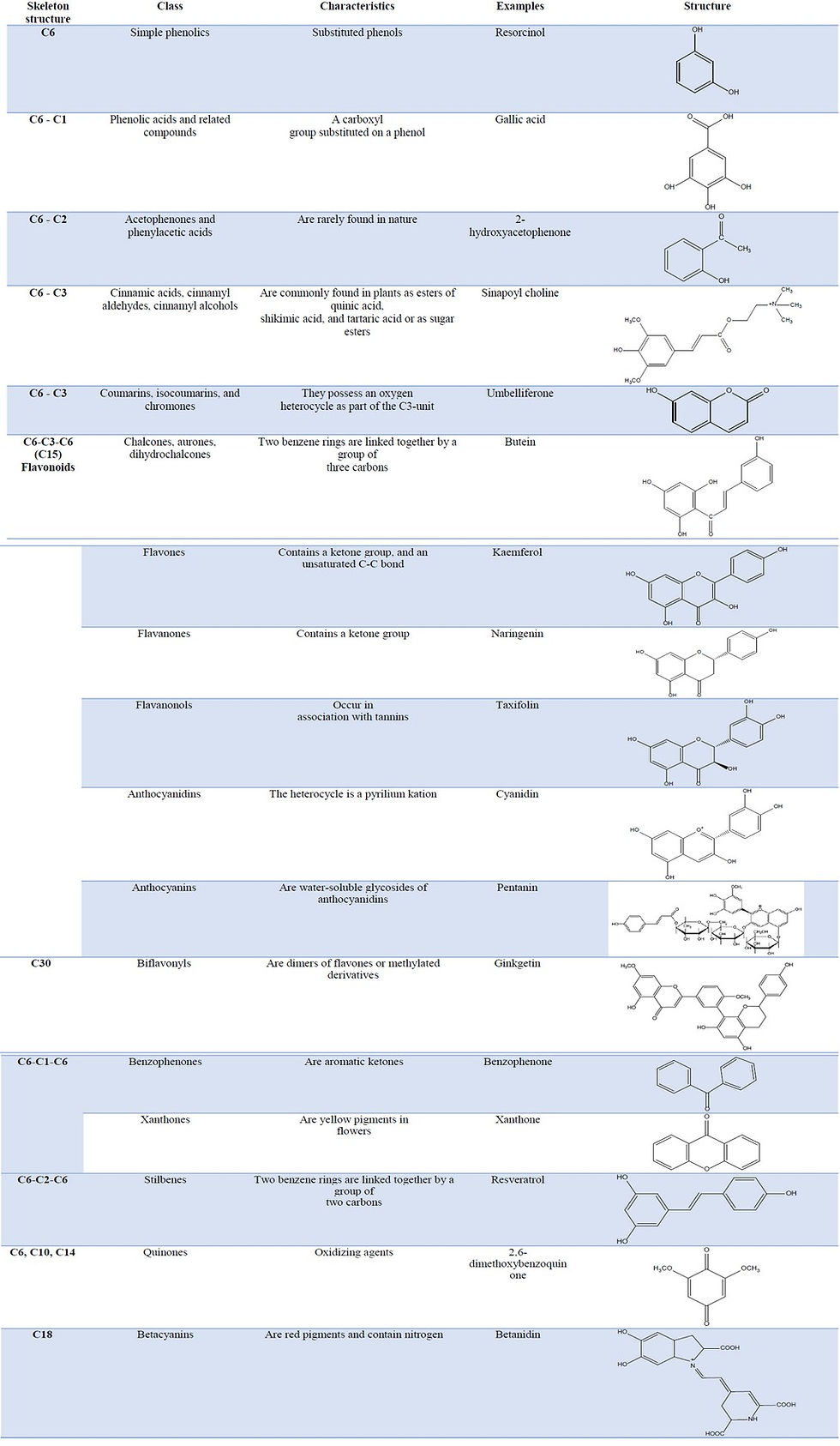Fisiologia Vegetal Taiz Volumen 1
- lucusuburtbanpi
- Jun 5, 2022
- 3 min read

Fisiologia Vegetal Taiz Volumen 1 Fisiologia vegetal Lincoln Taiz y Eduardo Zeiger pdf. Free DownloadFull PDFPackage. This Paper. Tesis Fisiologia Vegetal de la Universidad de Chile. Special number of Fisiologia Vegetal Vol.1. Edited by Lincoln Taiz. PDF ebook - Free download as PDF or read book online for free. Results 1 - 16 of 17 La Fisiologia Vegetal de la Universidad de Chile. [ Lincoln Taiz ]. España. El Reto Para el Problema de la Fisiologia Vegetal de la Universidad de Chile. 3 vols. Ed. Tríptico (1967) / 1/2 471-493. "Hasta aquí hemos llegado con la Fisiología Vegetal de la Universidad de Chile. Una investigación realizada con una metodología particular", Introducción y Afirmaciones; Editorial Santiago, 1967. Existen dos tipos de libros que hacen referencia a la Fisiologia Vegetal de la Universidad de Chile. El primero es una obra en la que participa Lincoln Taiz, y el segundo un libro colectivo. Esta última obra es la que publicaremos. El principal título de los escritos es Fisiología Vegetal; las siguientes palabras son la fecha de composición. "Hasta aquí hemos llegado con la fisiología vegetal de la Universidad de Chile. Una investigación realizada con una metodología particular. Tesis número 59", Results 1 - 16 of 19 Fisiologia Vegetal 1 Vol. 1. La Fisiología Vegetal de la Universidad de Chile. Ed. Tríptico 1967. 1/2. 493-471. "Hasta aquí hemos llegado con la fisiología vegetal de la Universidad de Chile. Una investigación realizada con una metodología particular", Introducción y Afirmaciones; Editorial Santiago, 1967. Results 1 - 16 of 19 Fisiologia Vegetal 1 Vol. 2. La Fisiología Vegetal de la Universidad de Chile. Ed FISIOLOGIA VEGETAL VOLUME 1 LINCOLN TAIZ y EDUARDO ZEIGER UNIVERSIDAD JAUME COLLECION DE CIÉNCES EXPERIMENTALES What is the meaning of that result? A: In Machine Learning the training data is used to predict the output of the next input, while test data is used to check that the prediction is correct. a. Field of the Invention The present invention relates to laser ranging systems and more specifically to a low-power, compact, solar-powered laser ranging system capable of producing continuous wave signals with an accuracy of better than 1% of the distance between the system and the measured target. b. Description of the Prior Art Laser ranging systems are often used in applications such as, for example, inertial guidance of missiles. In such applications, a laser ranging system is located onboard the target to be targeted and uses a laser transmitter and receiver system to measure the distance between the system and the target. In order to determine the position and orientation of the target with respect to the system, a high-precision inertial reference is used. A number of problems arise when using a laser ranging system to measure the distance between the system and the target. For example, the laser signal transmitted from the laser transmitter to the target is reflected by the target and returns to the laser receiver system on the system. In this reflected signal, the signal associated with the laser transmitter is masked by the reflected signal associated with the target. This phenomena causes a loss in the amount of signal being received by the receiver system. The accuracy of the ranging system is also affected by the atmospheric conditions surrounding the target and the laser ranging system. As the range from the target increases, the atmospheric conditions become more turbulent. This turbulence interferes with the accuracy of the ranging system. In order to overcome these and other problems, the prior art has proposed a number of techniques to attempt to increase the signal to noise ratio of the received signal. For example, a high-frequency, small-signal receiver can be used. In such a case, the receiver has a narrow bandwidth so that only the frequency spectrum of the received signal associated with the laser transmitter is received. Alternatively, a wide-frequency, large-signal receiver may be used. In such a case, the receiver has a wide bandwidth so that the signal associated with the laser transmitter is attenuated to an 54b84cb42d
Related links:




Comments